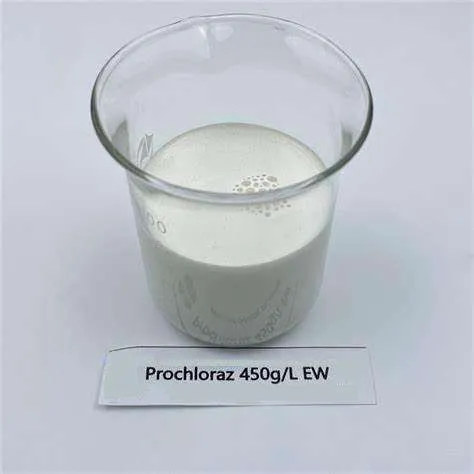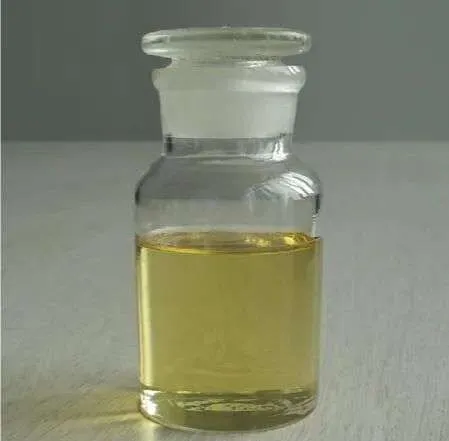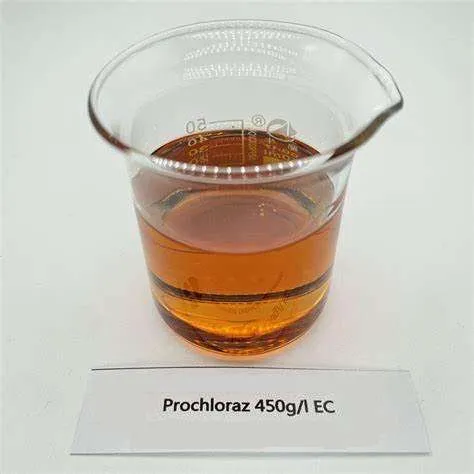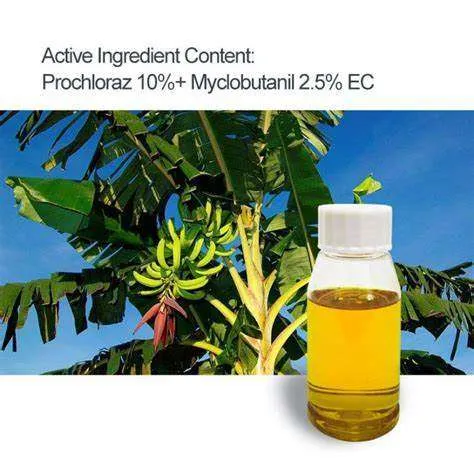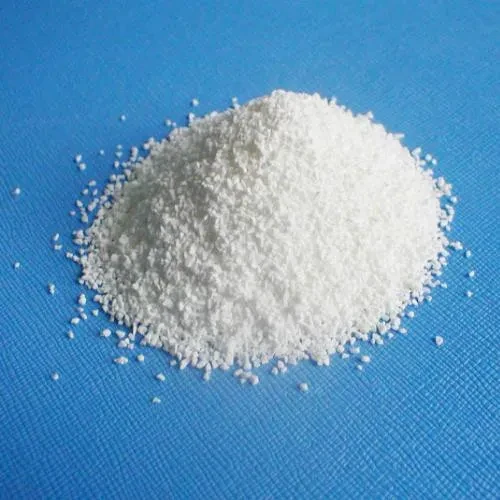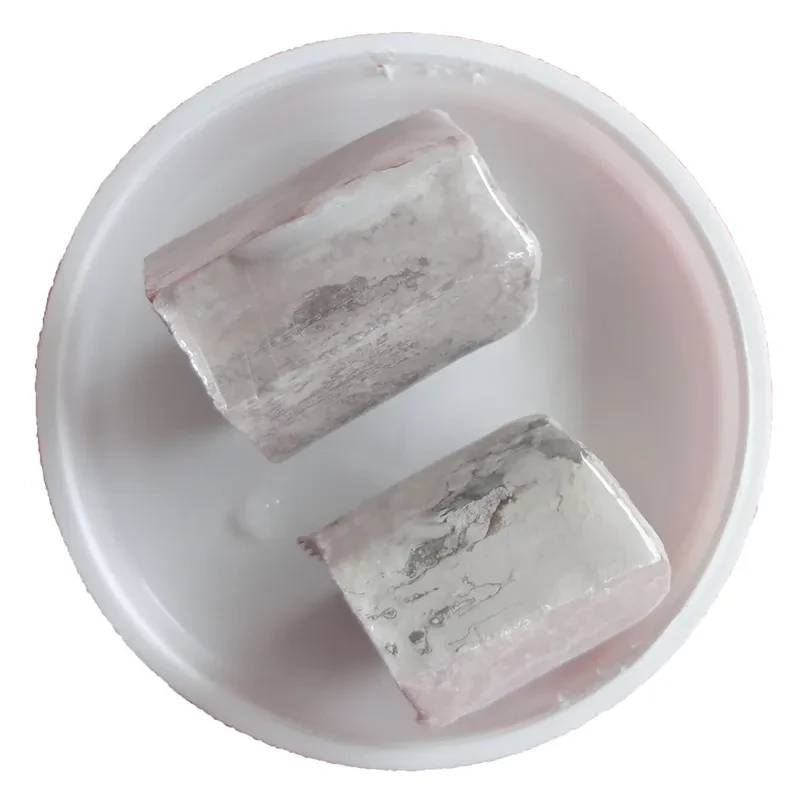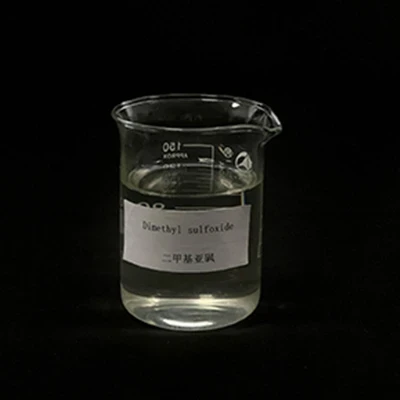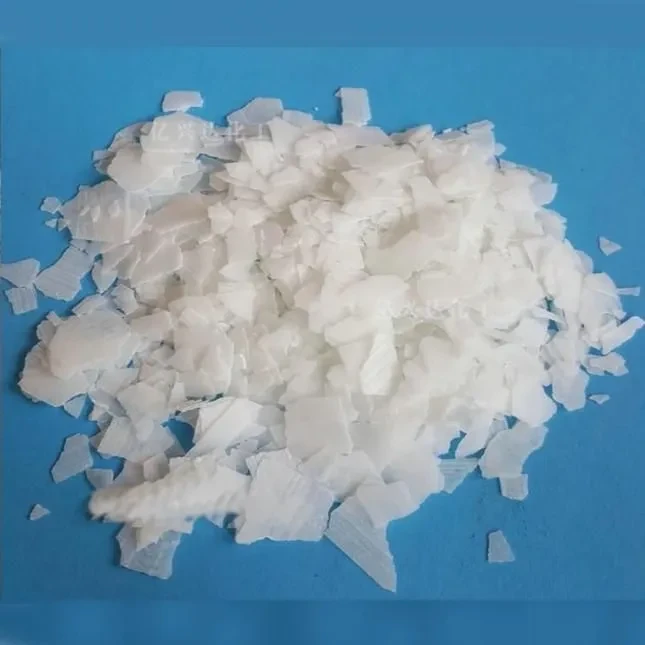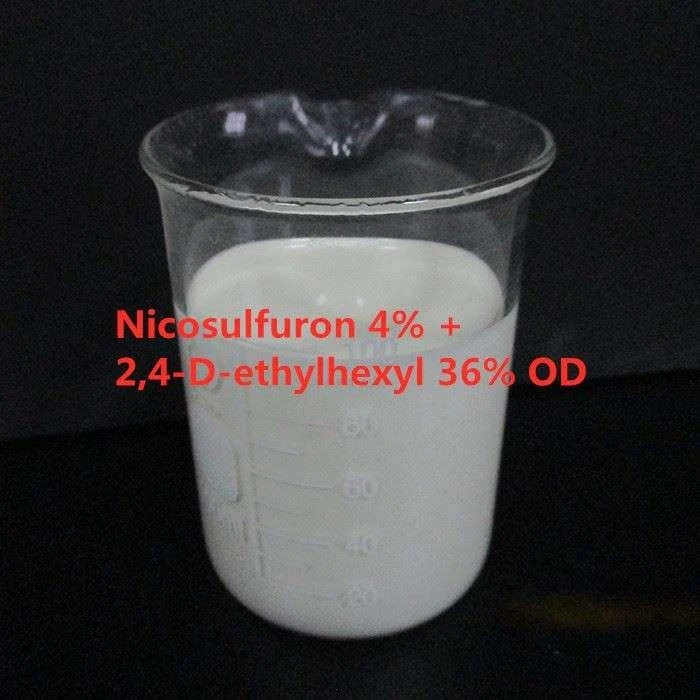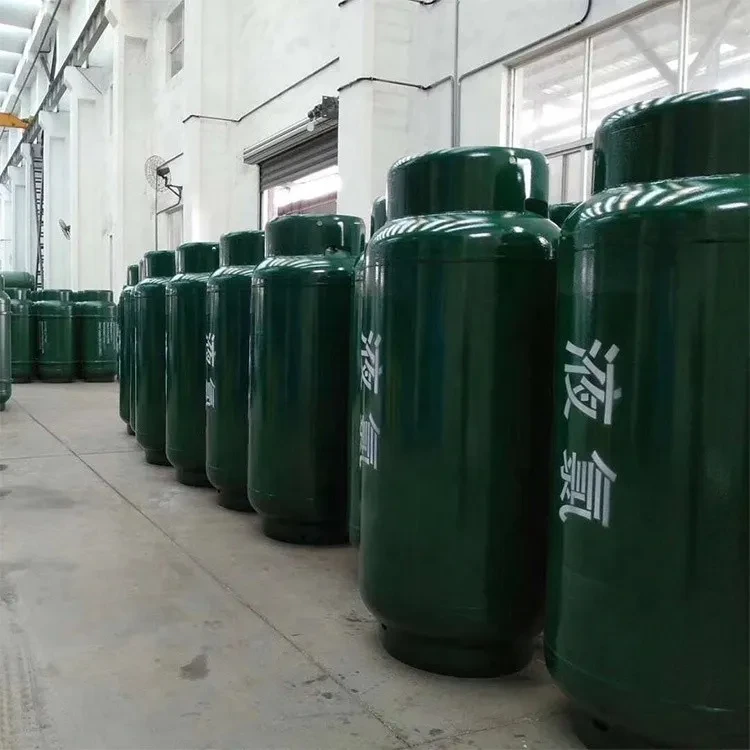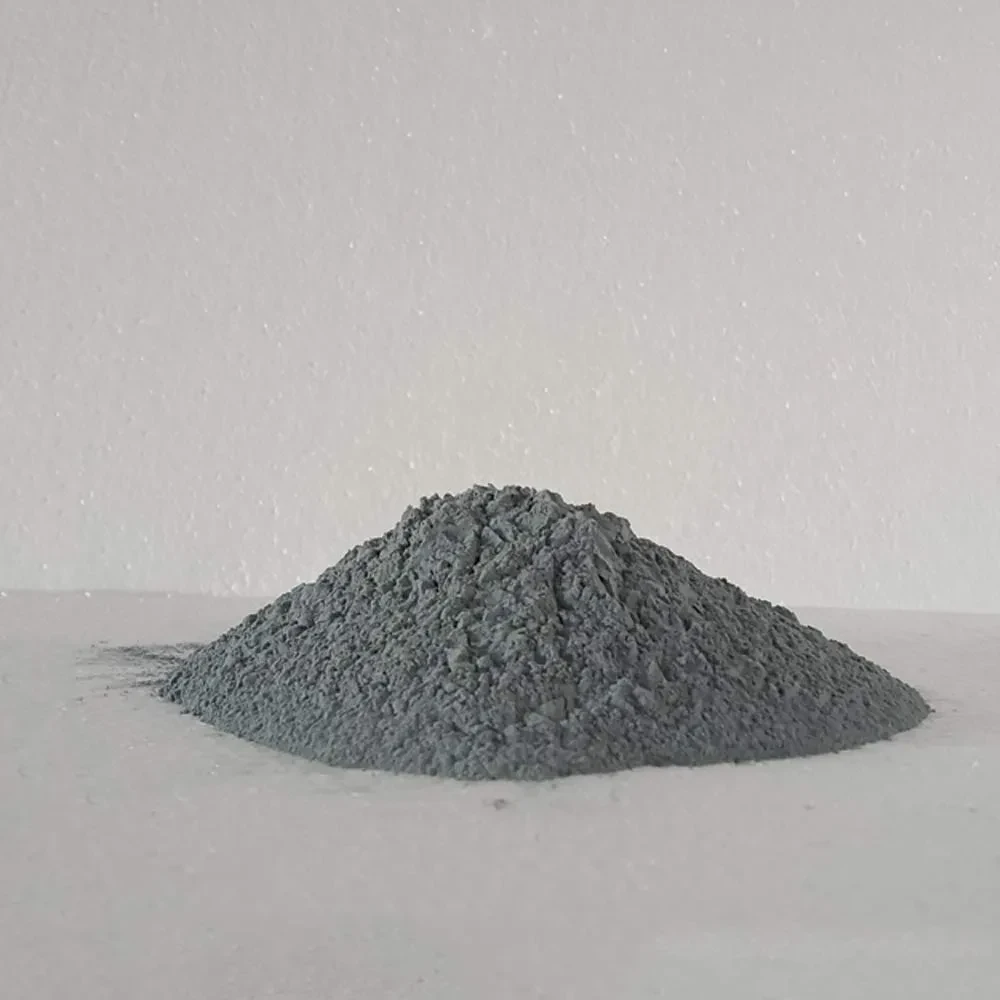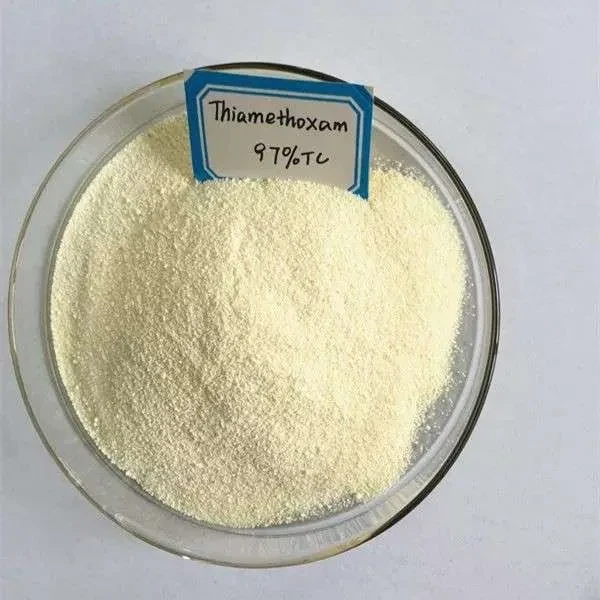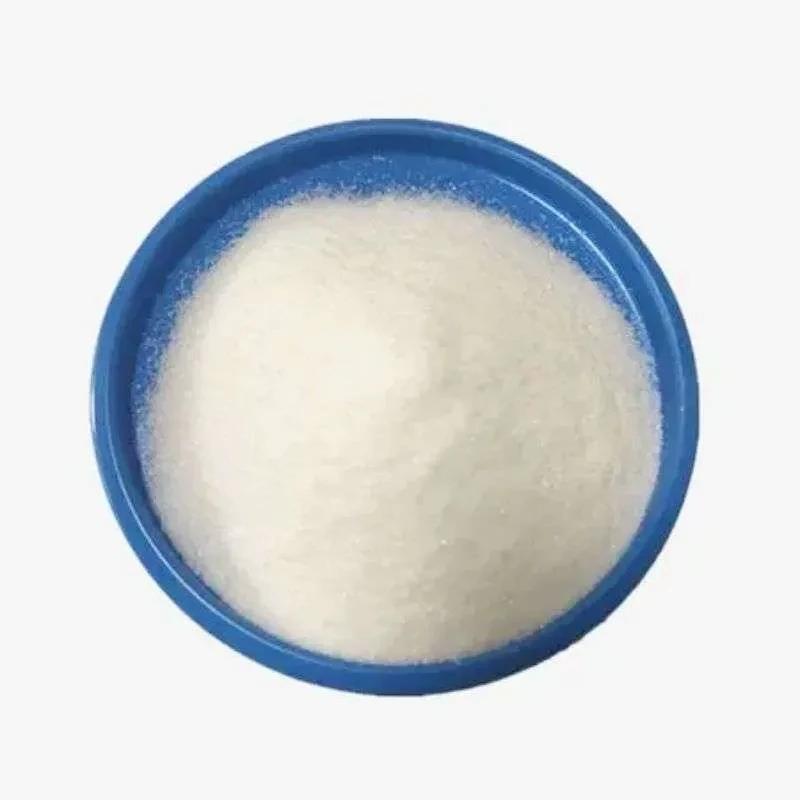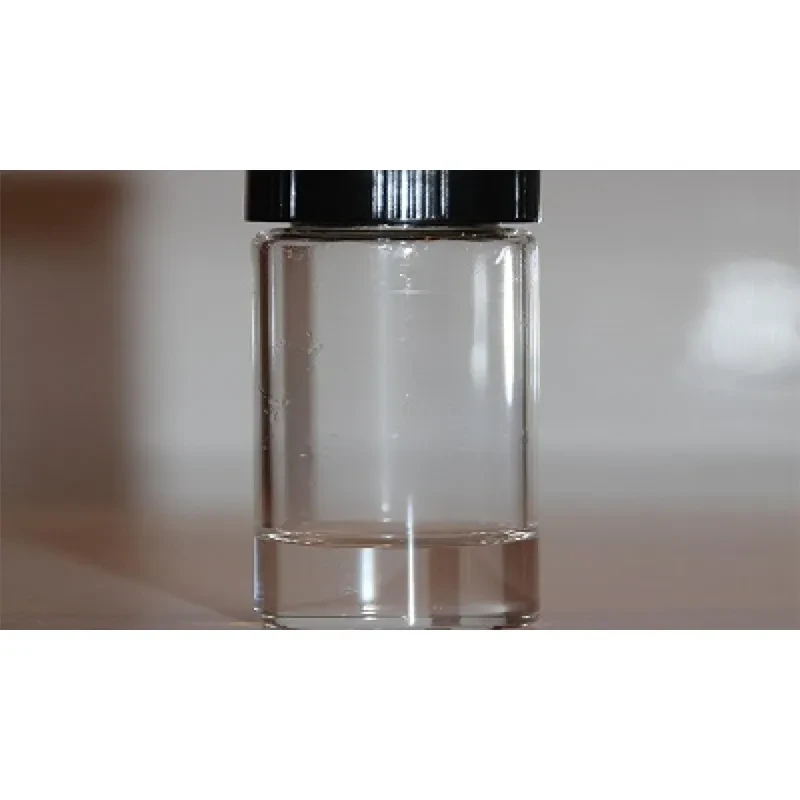CAS No.: 67747-09-5
Molecular Formula: C15H16Cl3N3O2
Molecular Weight: 376.67
|
Melting point |
46-49°C |
|
Boiling point |
360℃ |
|
Density |
1.405 |
|
vapor pressure |
1.5 x l0-4 Pa (25 °C) |
|
refractive index |
1.6490 (estimate) |
|
Flash point |
2 °C |
|
storage temp. |
Sealed in dry,2-8°C |
|
solubility |
DMF: 30 mg/ml; DMSO: 30 mg/ml; Ethanol: 30 mg/ml; Ethanol:PBS(pH 7.2) (1:1): 0.5 mg/ml |
|
pka |
3.8 (weak base) |
|
Water Solubility |
34.4 mg l-1 (25 °C) |
|
form |
Solid |
|
color |
White to Light yellow to Light orange |
|
Symbol(GHS) |
|
|
Signal word |
Warning |
|
Hazard Codes |
Xn;N,N,Xn,F |
|
RIDADR |
UN 3077 |
|
HazardClass |
9 |
|
PackingGroup |
III |
|
HS Code |
29332900 |
Prochloraz is an imidazole fungicide that is widely used in Europe, Australia, Asia and South America within gardening and agriculture. It is used on wheat, barley, mushrooms, cherries, turf on golf courses, and in flower production, for instance, in Ecuador, where roses are treated with prochloraz prior to export to the USA. It was first evaluated by JMPR in 1983 for residues and toxicology, and subsequently six additional reviews of residues have been carried out between 1985 and 1992. Under the CCPR Periodic Review Programme the toxicology was re-evaluated in 2001. In 2004, a Periodic Review of the residue and analytical aspects of prochloraz was conducted.
Prochloraz is a fungicide active against a wide range of diseases affecting cereals, field crops, fruit and many other crops. It can be used for the control of pests including anthracnose, dothiorella complex, stem-end rot, and eyespot. It can be applied in fruits and fields including field crops; mushrooms; turf; avocados; Mangoes; Cereals including wheat, barley, and winter rye as well as winter oilseed rape.



